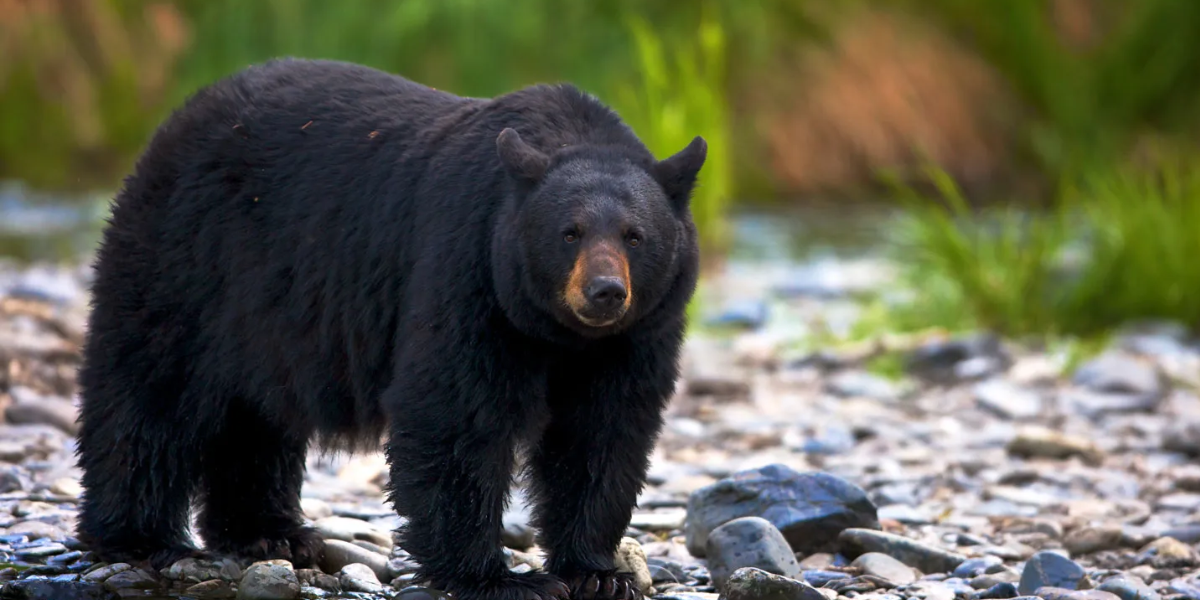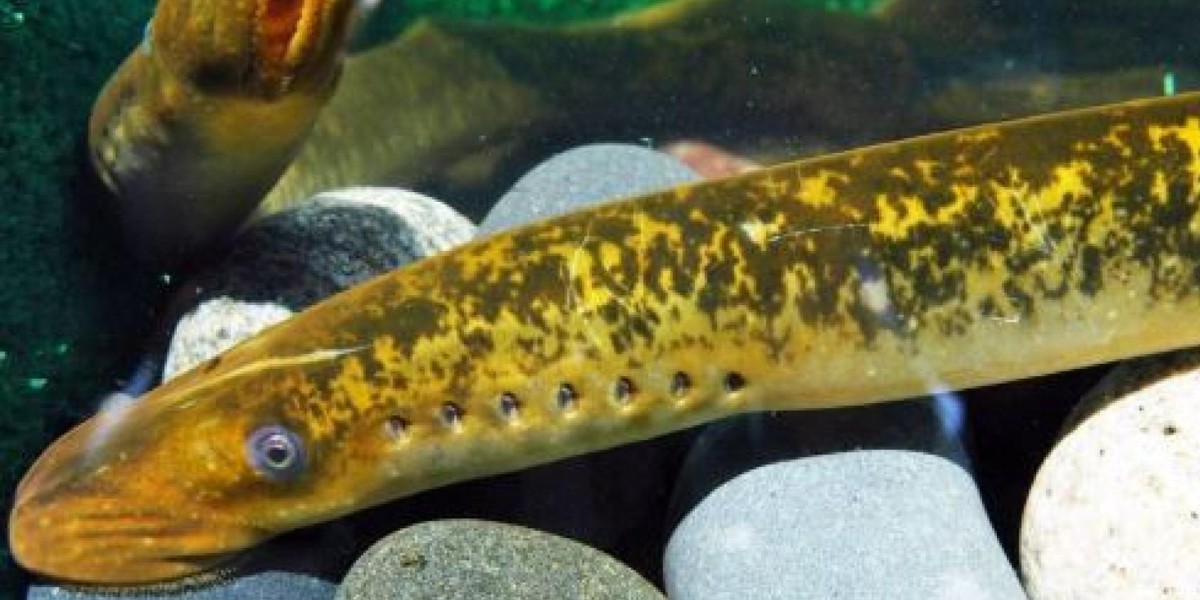9 Common Dangerous Animals in Michigan You Need To Know About
From its stunning lakes and forests to its vibrant cities, there’s something for everyone in Michigan. But before you pack your bags, there’s something you need to know: Michigan is also home to some dangerous animals.
In this article, we’ll take a look at some of the most common dangerous animals in Michigan, and what you can do to avoid them.
National Parks for Common Dangerous Animals in Michigan
Michigan is home to many dangerous animals, including black bears, wolves, venomous snakes, and spiders.
These common dangerous animals in Michigan can be found in National Parks such as Isle Royale National Park, Porcupine Mountains Wilderness State Park, Sleeping Bear Dunes National Lakeshore, and Manistee National Forest.
Isle Royale National Park

Isle Royale National Park is an island in Lake Superior that is home to a variety of wildlife, including black bears, wolves, moose, and deer.
Black bears are the most common dangerous animals in Michigan, and they have been known to attack humans. Wolves are also present in the park, but they are not as aggressive as black bears.
Other dangerous animals that can be found in Isle Royale National Park include moose, deer, and venomous snakes.
Porcupine Mountains Wilderness State Park

Porcupine Mountains Wilderness State Park is a large wilderness area in the Upper Peninsula of Michigan. The park is home to a variety of wildlife, including black bears, wolves, moose, deer, and venomous snakes.
Other common dangerous animals in Michigan that can be found in Porcupine Mountains Wilderness State Park include timber rattlesnakes and copperheads.
Sleeping Bear Dunes National Lakeshore

Sleeping Bear Dunes National Lakeshore is a beautiful park in northern Michigan that is home to a variety of wildlife, including black bears, coyotes, and poisonous insects.
Other common dangerous animals in Michingan that can be found in Sleeping Bear Dunes National Lakeshore include coyotes, deer, and venomous snakes.
Let’s Explore 9 of the Most Common Dangerous Animals in Michigan
Here’s a list of 9 Most Common Dangerous Animals in Michigan with interesting animal facts:
Black Bear

Black bears are found in North America, from Canada to Mexico. They are most common in forests, but they can also be found in mountains, swamps, and even urban areas.
Black bears are solitary animals, except for mothers with cubs. They mate in the spring and give birth to 1-3 cubs in the winter.
Black bears are omnivores and their diet varies greatly depending on the season and location. They typically eat a variety of plants, fruits, nuts, insects, fish, and small mammals.
In the spring and summer, they eat a lot of berries, while in the fall they gorge on nuts and acorns. They also eat carrion.
Deer ticks

Deer ticks, also known as blacklegged ticks, are small, eight-legged arachnids that feed on the blood of animals. Their primary hosts are deer, but they can also feed on other animals, including mice, birds, and humans.
Deer ticks are found in wooded areas, especially those with high deer populations. They are most active in the spring and fall, when temperatures are mild.
Deer ticks transmit Lyme disease, a serious illness that can cause a variety of symptoms, including fever, rash, joint pain and the central nervous system if left untreated.
Brown recluse spider

Brown recluse spiders are small, venomous spiders that are found in the central and southern United States. They are typically found in dark, undisturbed places, such as woodpiles, basements, and closets.
The Brown Recluse Spider is known to be one of the most dangerous animals living within the Michigan borders. Brown recluse spiders eat a variety of insects, including flies, mosquitoes, and crickets. They are nocturnal hunters, and they typically ambush their prey.
Brown recluse spiders have a four-stage life cycle: egg, spiderling, juvenile, and adult. The female spider lays a sac of about 50 eggs, which hatch after about a month.
They only bite if they feel threatened. However, their bite can include burning, swelling, muscle pain, and paralysis of the diaphragm
Black widow spider

They are typically found in dark, undisturbed places, such as woodpiles, sheds, and under rocks. Black widow spiders are venomous spiders that are found in Canada, Mexico, Russia, New Zealand, Australia.
Black widow spiders eat a variety of insects, including flies, mosquitoes, grasshoppers, beetles, and caterpillars.
The female black widow is larger than the male, and she is the only one that is capable of biting. The female’s bite is venomous, but it is rarely fatal to humans. However, it can cause severe pain, nausea, and muscle pain.
Snapping Turtle

Snapping turtles are large, freshwater turtles that are found in North America. Snapping turtles are found in a variety of habitats, including rivers, lakes, ponds, and swamps.
These turtles are omnivorous and eat a variety of foods, including fish, frogs, insects, snakes, and small mammals. Snapping turtles are also known for their aggressive nature and their powerful jaws.
Snapping turtles are solitary animals and only come together to mate. Female snapping turtles lay their eggs in a nest that they dig in the ground. The eggs hatch after about 2 months. Snapping turtles can live for up to 50 years in the wild.
Eastern Massasauga Rattlesnakes

Eastern Massasauga Rattlesnakes are small, venomous snakes that are found in the central and eastern United States. They are typically found in wetlands, such as swamps, marshes, and bogs.
Eastern Massasauga Rattlesnakes eat a variety of small animals, including mice, frogs, and small birds. Their breeding season remains between may to June, and female give birth to 3 to 19 snakes per litter.
The Massasauga rattlesnake is the only poisonous snake in Michigan and it is the most dangerous animal.
Sea lampreys

Sea lampreys are parasitic fish that are found in the Lake Michigan, Atlantic Ocean and the Great Lakes. They spawn in freshwater rivers and streams.
Sea lampreys are an invasive species in the Great Lakes, and they have caused significant damage to the native fish populations. They are controlled by a variety of methods, including trapping, poisoning, and lampricide treatment.
They are jawless and have a circular mouth with rows of sharp teeth. Sea lampreys attach themselves to other fish and feed on their blood and body fluids. They are an important part of the marine ecosystem, but they can also be a destructive pest.
Cougar

Cougars, also known as pumas, mountain lions, or panthers, are large cats. They are dangerous animals found in North and South America. They are most widely distributed large wild terrestrial mammal in the Western Hemisphere.
Cougars are solitary animals that live in a variety of habitats, including forests, mountains, and deserts. They are carnivores and their diet consists of a variety of animals, including deer, elk, rabbits, and rodents.
Cougars are sexually mature at around 2 years old and give birth to litters of 2-4 cubs. The cubs stay with their mother for about 1 year before they are old enough to fend for themselves.
It can run at speeds of up to 80 km/h, and are considered to be an endangered species in some parts of their range.
Grey wolves

Gray wolves are large, social carnivores that are found in North America, Europe, and Asia. They are apex predators, and their diet consists mostly of large ungulates, such as deer, elk, and moose. They will also eat smaller animals, such as rabbits, rodents, and birds.
They are the largest wild canine species in the world, and they can weigh up to 145 pounds. Gray wolves are pack animals, and they typically live in packs of 5-10 individuals. The alpha pair in the pack is responsible for breeding, and typically have a litter of 4-6 pups each year.
National bird of Michigan
The state bird of Michigan is the American robin (Turdus migratorius). It was chosen as the state bird in 1931, and it is a familiar sight in backyards, parks, and woodlands throughout the state.

The American robin was chosen as the state bird of Michigan in 1931. It was favored by the Michigan Audubon Society, and sponsors called the robin “the best known and best loved of all the birds in the state of Michigan.”
American robins are found throughout Michigan, and they can be seen in a variety of habitats, including forests, fields, and gardens. They are an important part of the state’s ecosystem, and they are a joy to watch.
Interesting facts about the American robin:
- The American robin is a member of the thrush family.
- The scientific name for the American robin is Turdus migratorius.
- American robins can live for up to 10 years.
- The average clutch size for an American robin is 3-5 eggs.
- American robins are known for their red breasts, but the color of their breasts can vary depending on the time of year.
Frequently Asked Questions
What is the biggest predator in Michigan?
Black Bear is the biggest predator in Michigan.
What predators are there in Michigan?
Black bears, coyotes, wolves, and cougars are predators found in Michigan.
Are there any dangerous animals in Lake Michigan?
The brown recluse, black widow, Mosquito, black-legged ticks, and Sea lampreys are dangerous lake animals.
- What Should I Do If A Koala Bites Me? Safety Guide - 2024-05-30
- Are Kangaroos Born Without Hind Legs? A Fascinating Journey - 2024-05-30
- Animals That Look Like Squirrels - 2024-05-30









